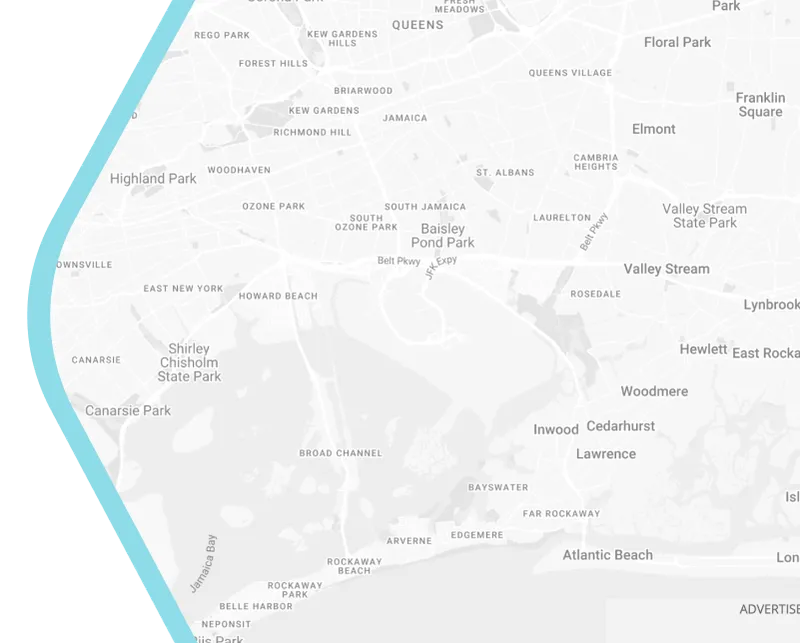
Risk Management
Smart City development risks may interfere with the success of the goals that municipalities set for their cities. Thus, risk management is required to reduce the probabilities of negative impact and even increase the probability of positive opportunities in Smart City implementation. Ullah et al. (2021) provide guidance of a holistic management plan for better governance of risk associated with smart city. This management plan is set to address the risk in three layers which are Technological, Organisational and External Environmental Risks. The Risk Management Framework incorporates five steps to be carried out: Identifying Risks, Analysing Risks, Evaluating Risks, Treating the Risks and Monitoring the Risks. These steps are performed as an iterative process in all three layers both in external and internal levels. By implementing this TOE Framework, risks in operating a smart city are simplified so that it can further improve the service to its citizens and increase the sustainability, reliability and resilience of the system and governance. Municipalities can further explore the examples of risk management and solutions for each 56 risk factors of the three layers of risks in the study article.
Reference:
Ullah, F., Qayyum, S., Thaheem, M. J., Al-Turjman, F., & Sepasgozar, S. M. (2021). Risk management in sustainable smart cities governance: A TOE framework. Technological Forecasting and Social Change, 167, 120743.
